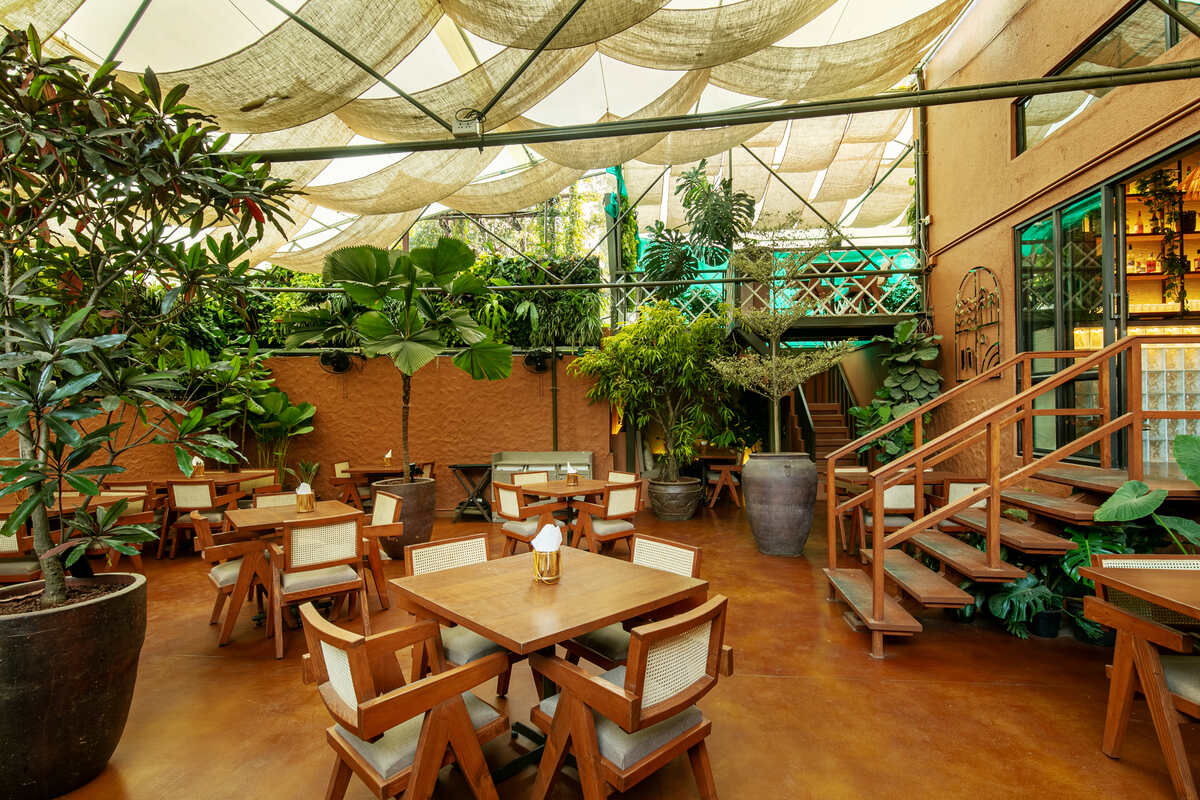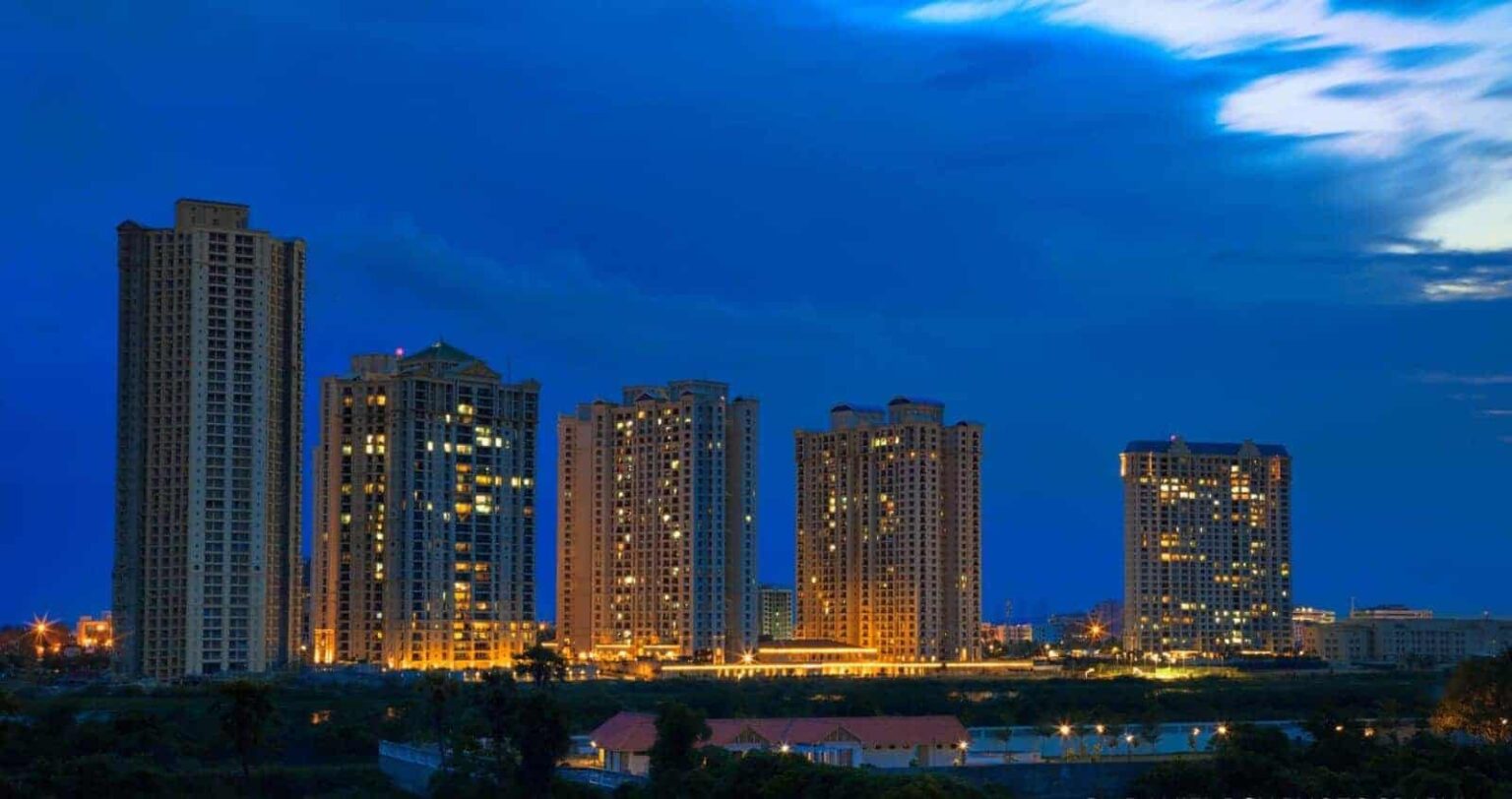When it comes to construction, bricks have gained an edge over other building materials like wood. Bricks are a type of block used in the construction of walls, pavements, and other structural elements in masonry construction. Bricks owe their popularity to their high strength, aesthetics, low price, versatility, fire resistance, and durability. These have been used in commercial, residential, and industrial construction for a long time; however, over time, many different types have emerged for different areas of application. These can provide structural support in heavy-duty construction and are also used as decorative elements. Like every building material, bricks also come in different types which are available in different dimensions, price ranges, materials, and qualities. For example, fly ash bricks are used to enhance the fire safety of a place while engineering bricks are used where high strength and durability are required.
The types of bricks differ in composition, strength, durability, porosity, and quality. Some have high compressive strength and can be used for foundations or walls while others serve a merely decorative function. Also, bricks come in numerous textures, shapes, and colours making them useful in terms of functionality and visual appeal. So, let’s have a look at the types of bricks, standard brick dimensions, and their prices in India.
Types of bricks
Based on raw materials
Burnt Clay
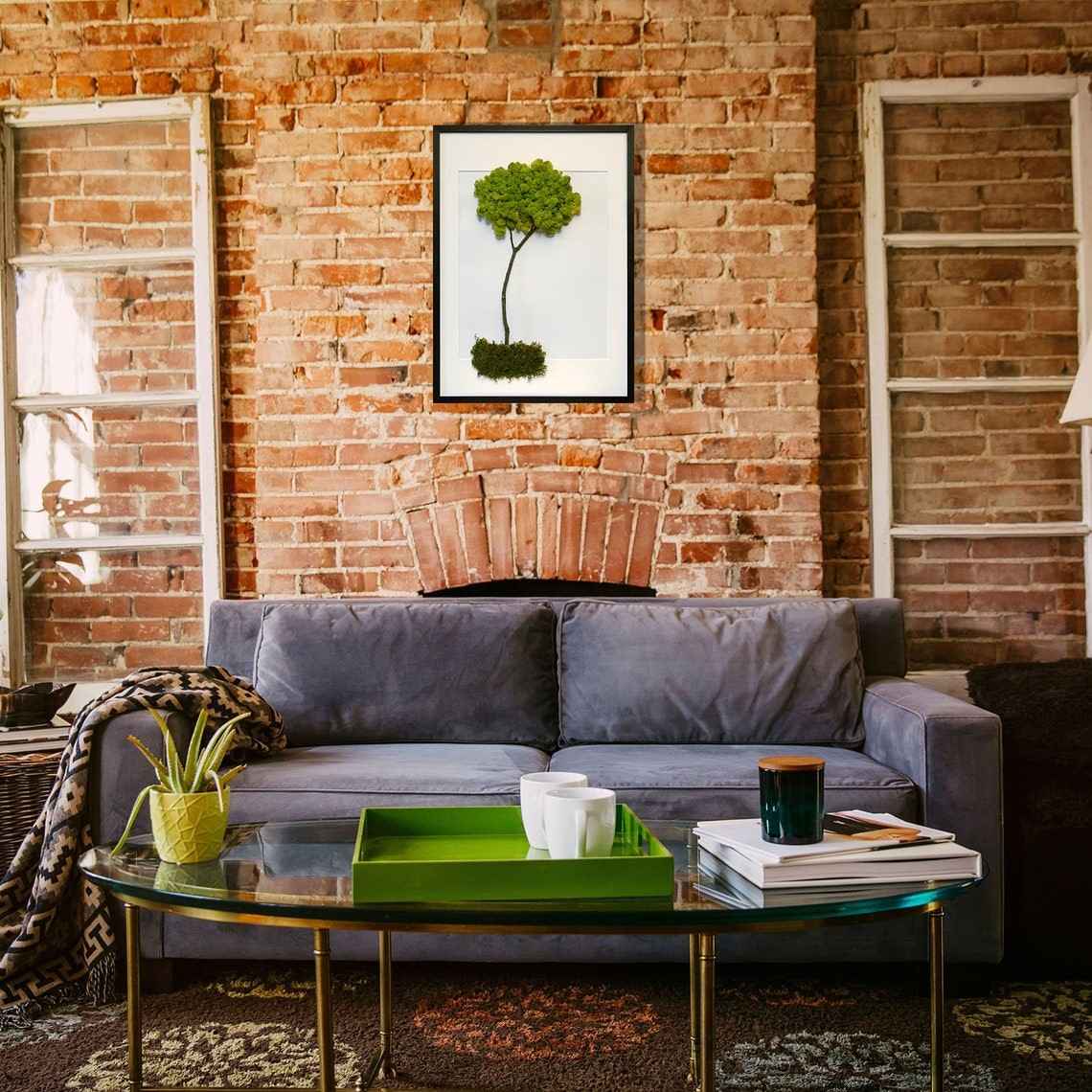
Image Source: Etsy.com
These bricks are the most common type used in modern construction. Their application areas include columns, foundations, walls, and more. These undergo the basic manufacturing process of filling moulds with wet clay and then drying and firing them in kilns. These have a standard red colour and offer no aesthetic appeal or benefit. Therefore, they serve a purely functional purpose.
| Also see: Top cement companies in India | Cement brands in India |
Sun-Dried Clay

Image Source: Pics.tech4learning.com
Sun-dried clay bricks are made by combining loamy soil, straw, and water. The mixture might also include clay, manure, or sand to increase the strength of the bricks. These have the least amount of strength and durability. Therefore, these are not used for making foundations or anything that bears the load. Due to their low strength, these bricks are available at a very affordable price.
| Also see: Drywall: Emerging alternative against traditional construction methods |
Concrete
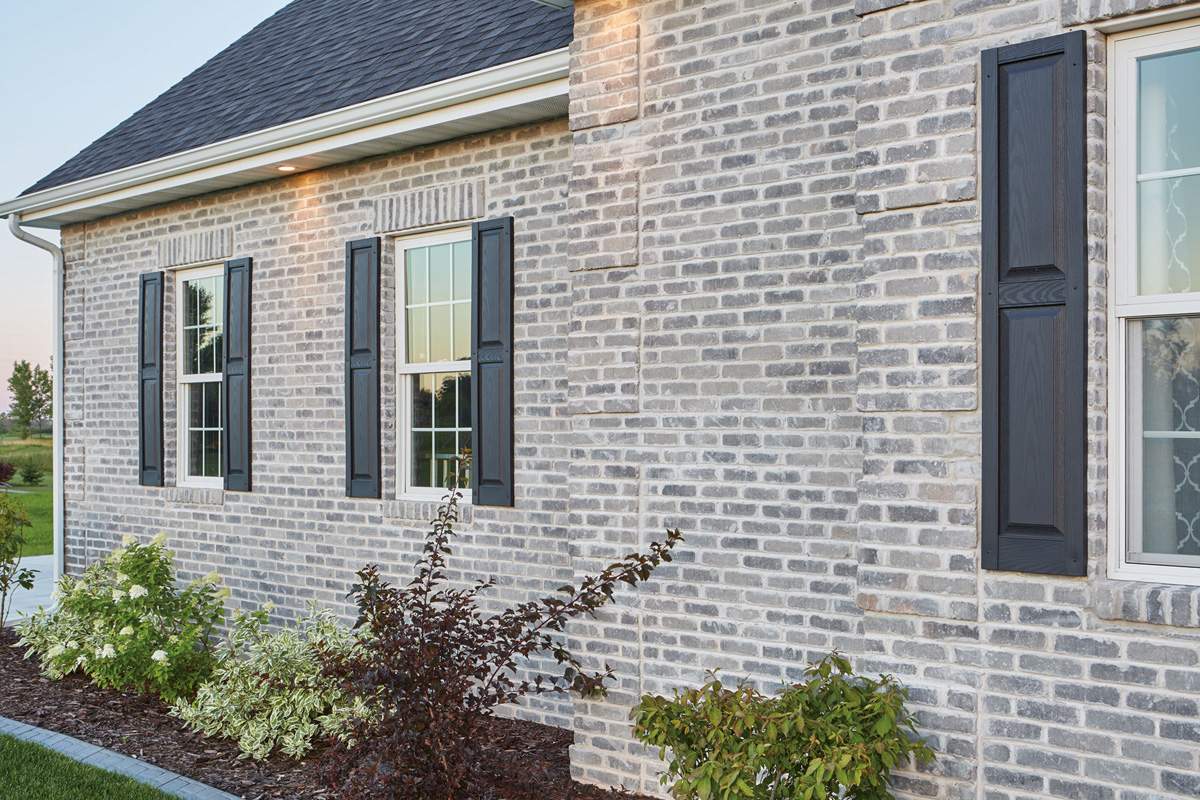
Image Source: Countymaterials.com
Concrete bricks are manufactured using solid concrete. Traditionally, concrete bricks have been used for internal brickwork but in modern architecture, they are used for exteriors as well. These can be commonly used to make facades or fences among other things. However, these are not employed for underground construction because of their high porosity level. Concrete effectively gives a modern or urban appearance to the space, so it can be used as a decorative element in interior design. Also, concrete bricks come in numerous colours because pigments can be added to them during their manufacturing process to enhance their visual appeal.
Engineering

Image Source: Wikipedia.com
Engineering bricks are made using high-quality clay heated at higher temperatures. Therefore, these are marked at a higher price. These are dense and have high compressive strength, making them a preferred choice among structural engineers. These also have a low moisture absorption capacity which adds to their longevity by preventing cracks and crumbles. Due to their low porosity, they also have a greater resistance to chemicals that generally seep into masonry materials.
Sand Lime
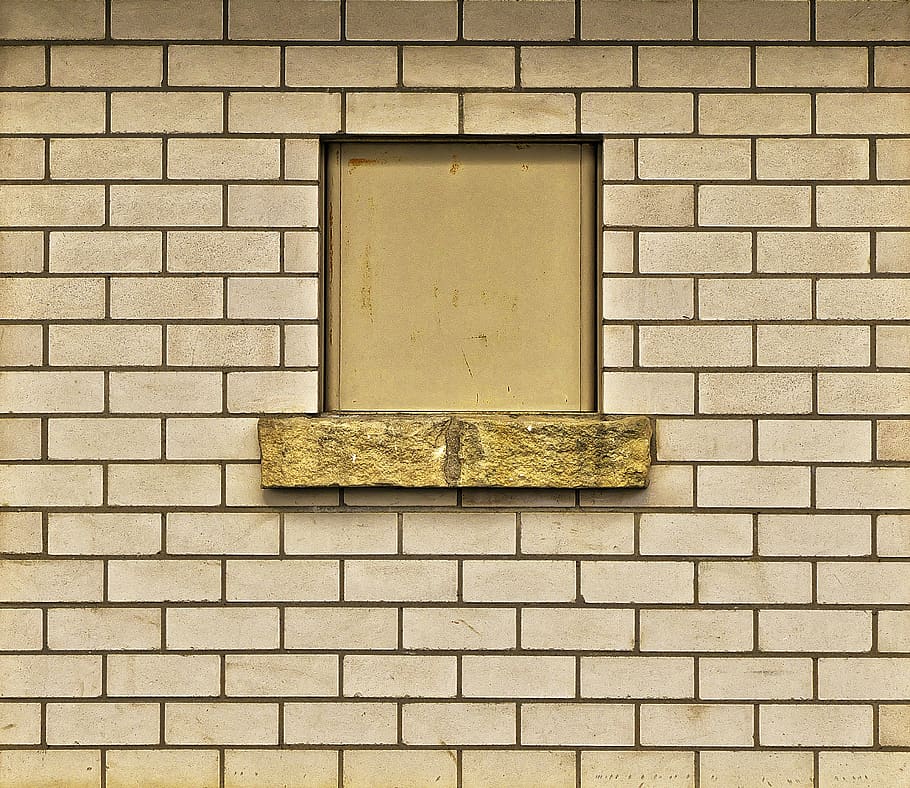
Image Source: Wallpaperflare.com
Sand lime bricks are made by combining sand, lime, and sometimes a colour pigment that changes its appearance. These have a plethora of benefits including uniform shape, high compressive strength, and distinct grey colour. Furthermore, they make construction easier because they use lesser mortar and have straighter edges. Their uses include structural foundations, walls, exposed brick constructions, etc.
Fly Ash

Image Source: Exportersindia.com
Fly ash bricks are made by combining clay and fly ash. These have a high volume of calcium oxide and tend to expand when exposed to a moist environment. These are commonly used in places where improved fire resistance is required. Additionally, construction with fly ash bricks provides decent sound insulation to the building. However, fly ash is a by-product formed during the burning of coal, so bricks made of it can have toxic metals like mercury, chromium, and arsenic.
Firebricks
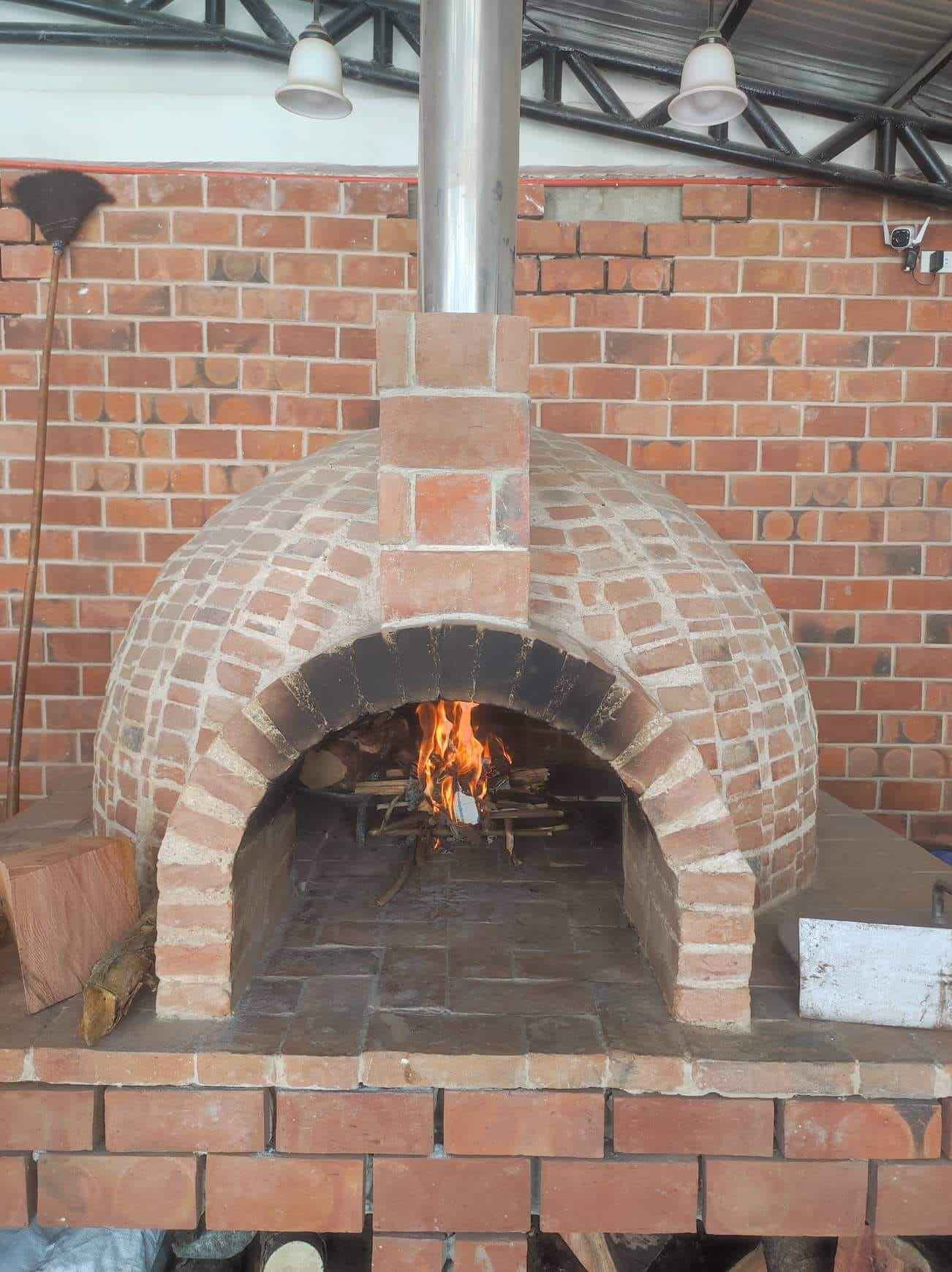
Image Source: Fire Brick Supply on Facebook.com
Firebricks are used to build structures, frameworks, or walls in areas that require high heat and fire resistance. These are made of fireclay and can bear temperatures higher than 3,000 degrees. In fact, they can endure rapid changes in temperatures exceptionally well. Due to their high fire-resistant properties, these are used in chimneys, furnaces, fire pits, wood-fired ovens and grills.
Based on shape
Brick veneers
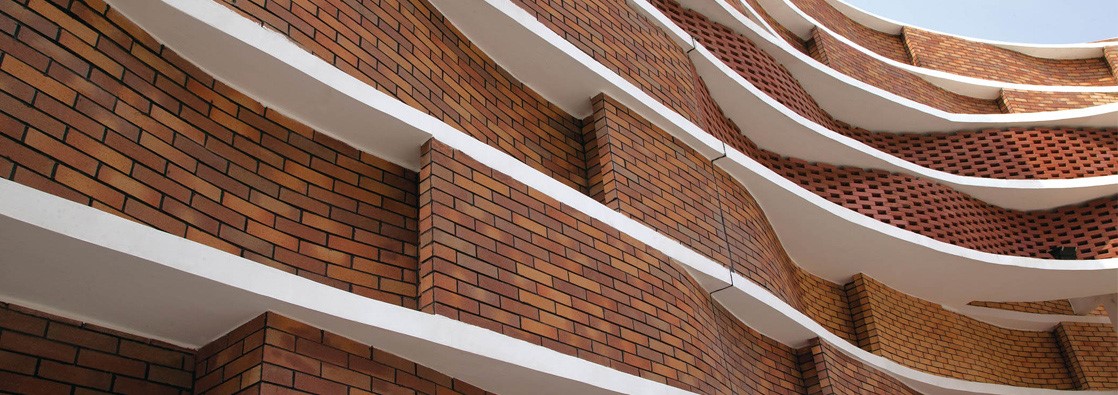
Image Source: Lopochina.com
These are very thin and do not provide any structural support. The backup wall, made up of concrete, wood or steel, provides the main support. The most common application area of these veneers remains surface cladding because of the aesthetic appeal they offer.
Paving

Image Source: Probrickandblock.co.za
These are popularly used as a means of decorating pavements. Common application areas of this type include patios, pavements, pedestrian precincts, and road surfacing.
Capping
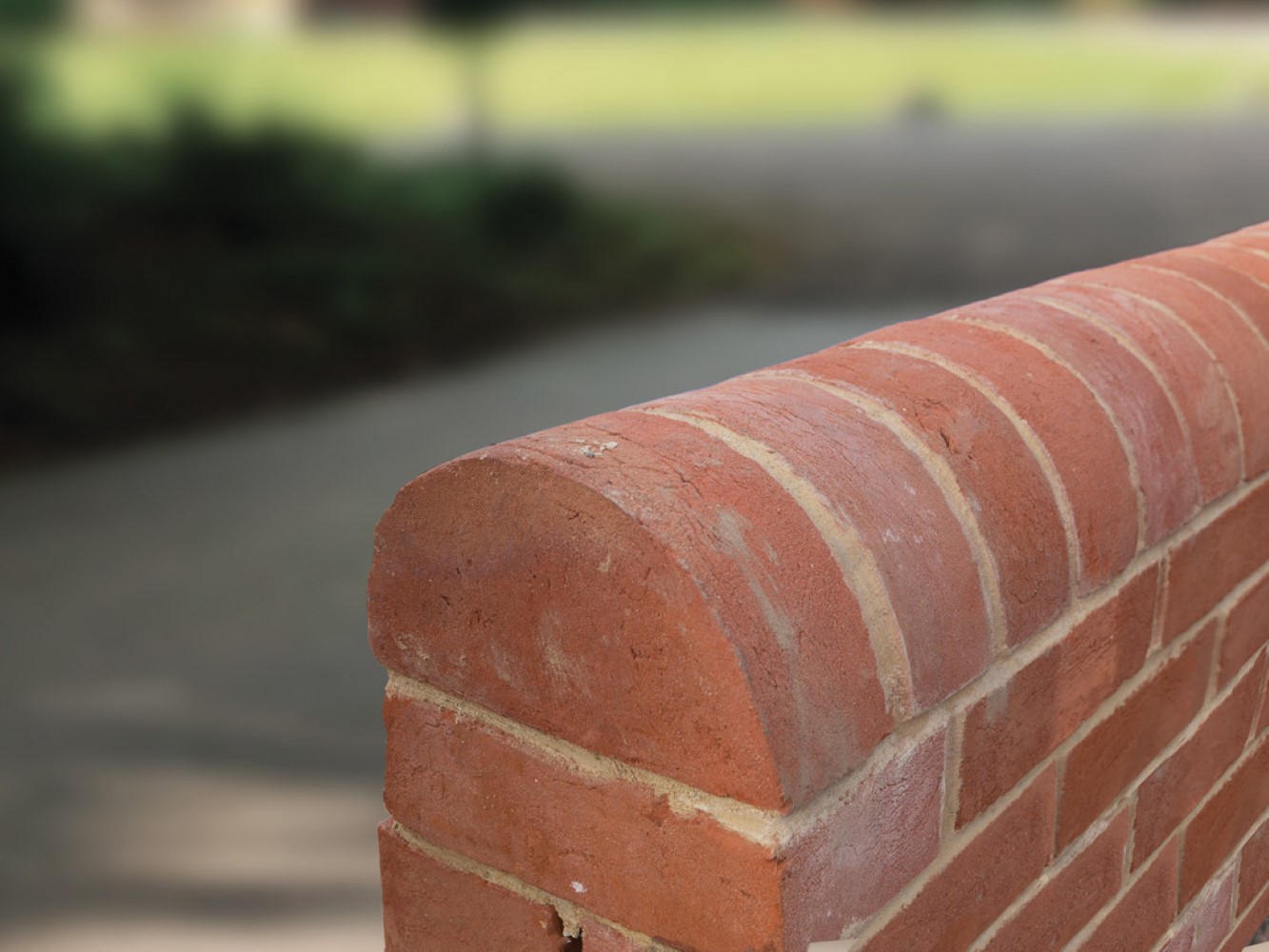
Image Source: Ren-new.co.uk
These have distinct shapes specially designed for capping the top portion of an exposed wall. Their purpose is to provide both protection and visual appeal to the wall.
Airbricks

Image Source: Reddit.com
Designed to have large holes that allow the circulation of air, airbricks maximise ventilation. These are made by using cast iron or clay. However, nowadays, many manufacturers use plastic for making airbricks. These provide protection from mould and rot in a building.
Bullnose

Image Source: Ibstockbrick.co.uk
These are available in numerous styles and usually have one or more rounded sides that soften the appearance of corners, windows, or doorways.
Perforated

Image Source: Terra Cotta Studio
These are quite lightweight and have several cylindrical holes drilled in them. Since these bricks have holes in them, less material is used during the manufacturing process making them cost-effective.
Hollow
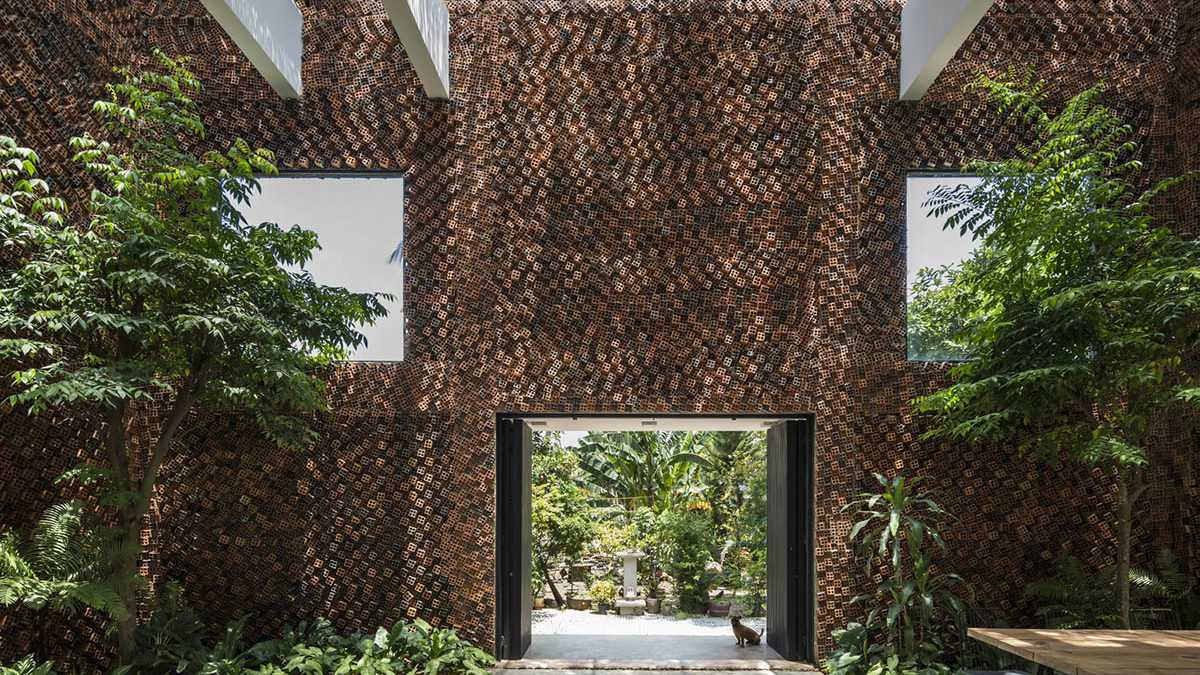
Image Source: Wall House Bien Hoa, Vietnam
These have good compressive strength, making them well-suited for heavy cabinets, geysers, etc. Also, the hollow spaces in them allow for easy passage of plumbing fittings and electric wires.
Standard brick dimensions
According to the proposal of the BIS (Bureau of Indian Standards), the standard brick dimensions in India are 190 mm x 90 mm x 90 mm. For bricks with mortar, the module dimensions increase to 200 mm x 100 mm x 100 mm.
Furthermore, refer to the following table for different types of bricks and their dimensions:
| Type of brick | Standard size in mm | Standard size in inch |
| Modular | 190 x 90 x 90 | 7.5 x 3.5 x 3.5 |
| Non-modular | 230 x 110 x 70 or 230 x 110 x 30 | 9 x 4.3 x 2.8 or 9 x 4.3 x 1 |
| English size | 230 × 115 x 75 | 9 x 4.5 x 3.0 |
| Conventional | 230 x 110 x 110 | 9 x 4.3 x 4.3 |
Price of different types of bricks in India
| Type of brick | Price per piece |
| Burnt clay | Rs.5 to 8 |
| Concrete | Rs.5 to 6 |
| Fly ash | Rs.4 to 6 |
| Engineering | Rs.10 or above |
| Calcium silicate | Rs.100 on an average |
| Eco | Rs.4 to 5 |
Conclusion
The modern architecture employs building materials that are durable, versatile, and affordable. Bricks have checked all of those boxes and have made it to the list of the most commonly used materials for construction. These have a diverse range of applications, from providing structural support to enhancing the aesthetic value of the place. Therefore, there are different types of bricks serving distinct purposes. For example, heavy-duty constructions, where high strength and durability are a concern, commonly use engineering bricks for their high compressive strength.
However, DIY projects mostly use sun-dried bricks as they have a low price point, but they don’t provide any structural support. Similarly, we have brick veneers that merely enhance the beauty of a place. So, use the above information on all the different types of bricks, their standard prices and sizes to assess which type of brick you would use in your next project.
*The featured image used in this article is from Pinterest.com
Kota Stone: A go-to guide for useful insights & best designs (Buy it)
Kota Stone is found in Kota, Rajasthan. It is a naturally occurring, fine-grained form of limestone that is often used in bot















